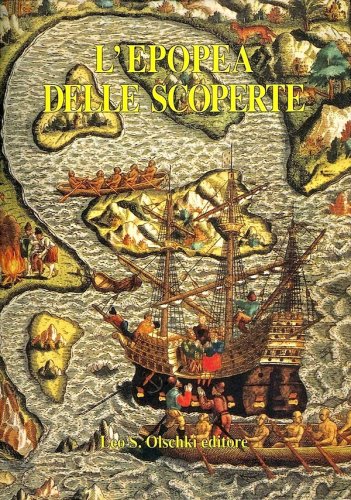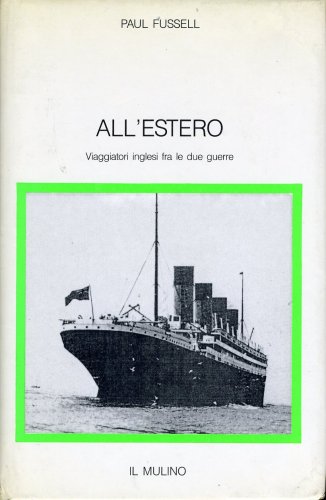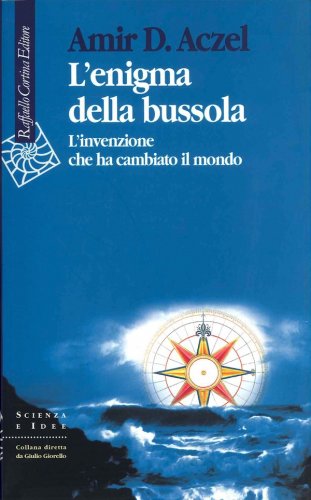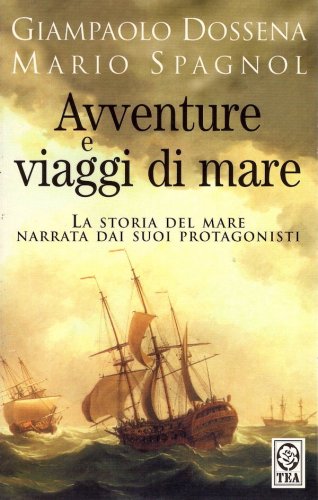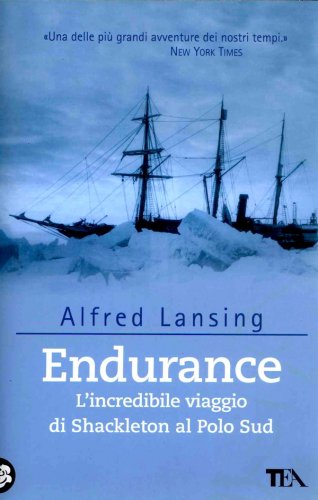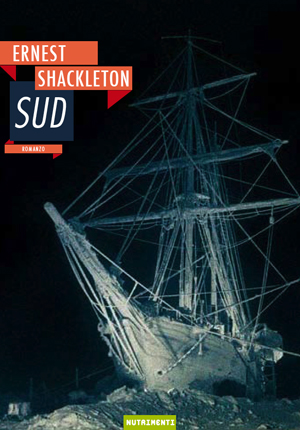Slave ship Fredensborg
Slave ship Fredensborg
- Disponibile in 7 giorni
- Possibilità di reso entro 10 giorni lavorativi
- Transazione sicura con carta di credito, Paypal o bonifico bancario
- Spedizione tracciata con SDA
How much do any of us know about the role of Denmark and Norway in the slave trade? A book published in Norway, now available in English, won't quite tell readers all they ever wanted to know about Norwegian slave traders, but it provides a fascinating first glimpse. The Fredensborg ferried slaves and sailors from Denmark and Norway to the Gold Coast, St. Thomas and St. Croix. It sank in 1768, off the coast of Norway, and Svalesen was a member of the team of divers who discovered its remains more than two centuries later. Here he looks at the actual workings of the slave ship Danes and Norwegians who married African women; at the "Negro dances" African slaves performed on board the ship; at how, in order to placate the slaves, the slave traders gave them brandy and tobacco on the trip from Africa to the Caribbean. The clunky translation gets in the book's way, the 1700s were "a time when much was different in comparison to modern criteria". And Svalesen relies too much on Captain Ferentz's diary, quoting it for pages on end with little interpretation to help the reader. Moreover, though he offers other evocative details of daily life on the slaver like the list of clothes the captain brought on board the never tells what we might learn from knowing that a "slightly worn gold-braided hat" and a pair of red slippers made it into Captain Kimnig's suitcase. The result is a book long on antiquarianism but short on history. The subject mighty seem an incongruous one for a gift book, but the volume is heavily and handsomely illustrated, 64 b&w and 93 color illustrations, and for readers who want an immediate sense of the horrific genesis of African-American history, this is an excellent choice. This remarkable account of Fredensborg's voyage from Denmark to the Gold Coast of Africa and then to St. Croix in what are now the U.S. Virgin Islands in 1768 was first published in Norway last years. The ship sank off the coast of Norway on the return trip, and in 1974 underwater archaeologist Svalesen was one of the divers who discovered the wreckage. Through accounts of the ship's logs and journals, he reconstructed the final voyage. The author also found African objects at the site of the wreck and talked with descendants of the slaves. Such details as a list of the ship's crew, 12 died during the voyage, and their monthly salaries and the supplies of food and drink, rice, horse beans, brandy, beer, tapioca, barley groats, rock candy, fish, cheese, etc. are included. After 205 days lying at anchor off the Gold Coast, the ship sailed to St. Croix with 26 slaves on board, all of them "burdened by grief and desperation". The captain's daily log re-creates the journey in engrossing detail, bringing to life the shame of slavery.


